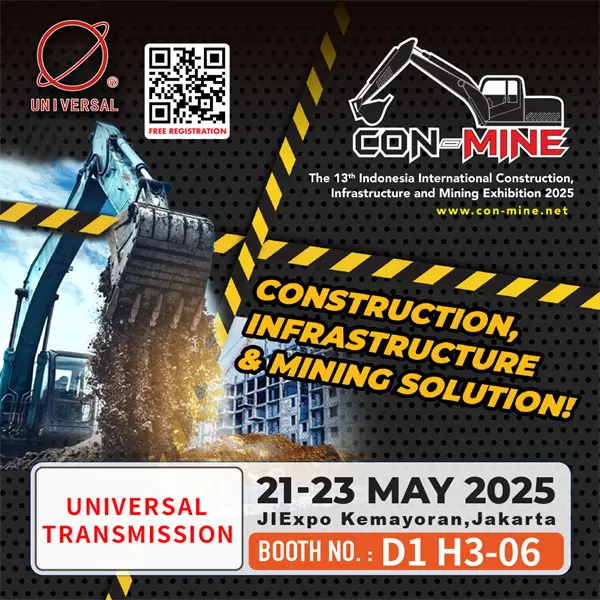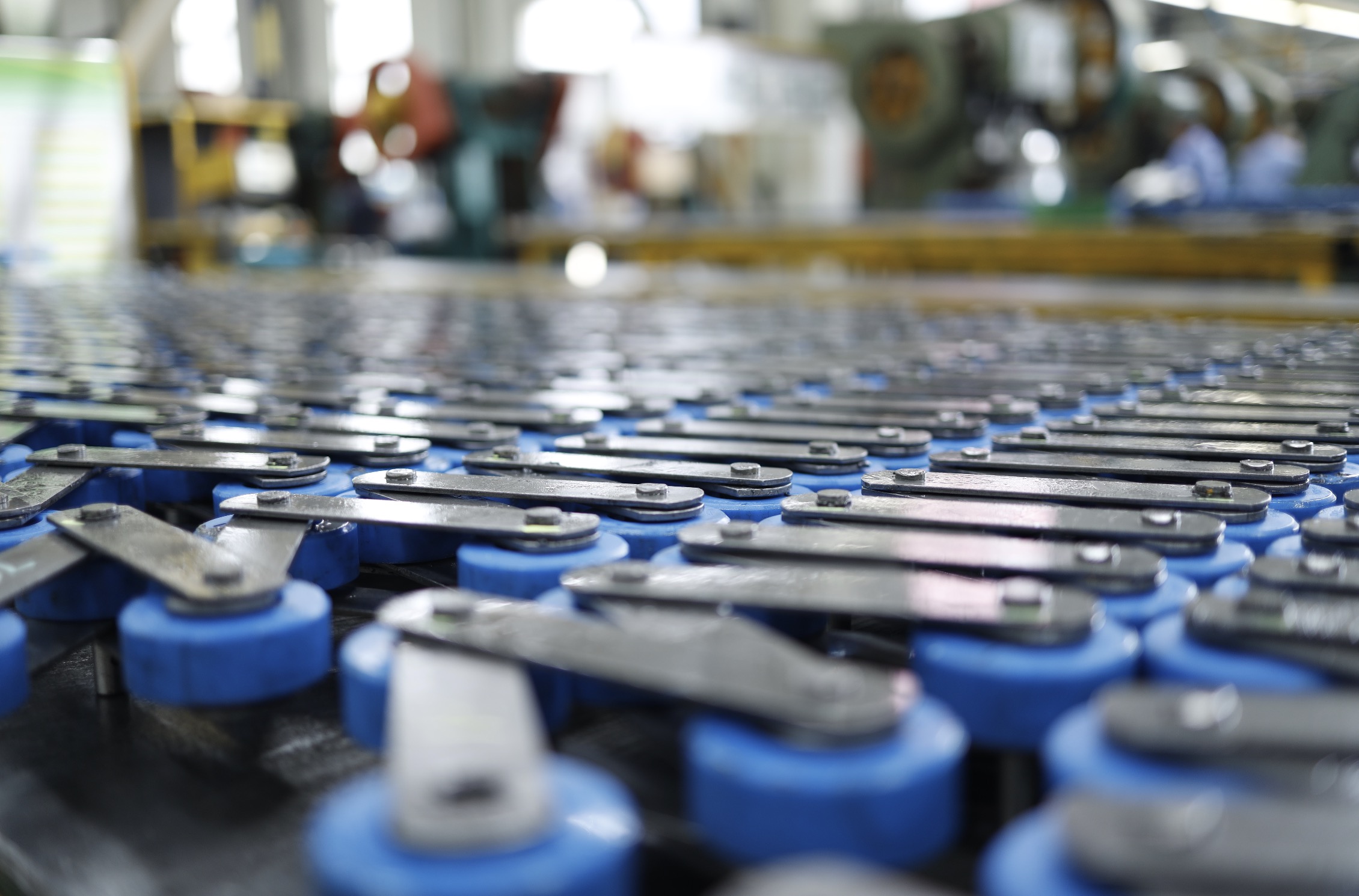A table top chain is a type of conveyor chain designed for moving products smoothly and efficiently across flat surfaces.
It is widely used in industries for handling and transporting products, particularly where precision and stability are crucial.
These chains are engineered to provide a reliable, continuous conveying surface, making them essential in automated production lines.
Their design allows for seamless integration with various conveyor systems, enhancing productivity and operational efficiency.
Table Top Chain Types
#1. Straight-Running Table Top Chains
Straight-running table top chains are designed to move in a straight line and are commonly used in applications where the conveyor path does not change direction.
They are ideal for transporting items over long distances without the need for turns or curves.
#2. Side-Flexing Table Top Chains
Side-flexing table top chains are capable of bending and navigating curves, making them suitable for conveyor systems that require directional changes.
These chains are essential for complex layouts where straight-running chains are impractical.
#3. Low-Friction Table Top Chains
Low-friction table top chains are designed to reduce friction between the chain and the products being transported.
This is particularly important in applications where delicate items are moved, as it minimizes the risk of damage and ensures smooth operation.
#4. High-Strength Table Top Chains
High-strength table top chains are built to handle heavier loads and more demanding applications.
They are often used in industries such as automotive and heavy manufacturing, where robust and durable conveyor solutions are required.
Common Materials Used for Table Top Chain
#1. Stainless Steel Table Top Chains
Stainless steel table top chains are known for their durability, corrosion resistance, and strength.
They are ideal for harsh environments and applications requiring high hygiene standards, such as food processing and pharmaceuticals.
#2. Plastic Table Top Chains
Plastic table top chains are lightweight and resistant to corrosion and chemicals.
They are suitable for applications where the weight of the chain is a concern and where non-metallic materials are preferred.
Plastic chains are also quieter during operation and can be used in a variety of industries, including packaging and bottling.
#3. Acetal Table Top Chains
Acetal table top chains offer a balance of strength, chemical resistance, and low friction.
They are commonly used in applications requiring a smooth, stable conveying surface and are particularly effective in environments where metal chains might corrode or degrade.
#4. Polypropylene Table Top Chains
Polypropylene table top chains are used for applications that require high chemical resistance and lightweight properties.
They are suitable for industries like food processing and packaging, where the conveyor may come into contact with various substances.
More Industrial Chain FAQs
What is the difference between a table top and a mat top conveyor?
A table top conveyor uses linked chains to create a continuous flat surface, while a mat top conveyor uses a modular plastic belt. Mat top conveyors are more flexible and can handle tighter curves than table top conveyors.
What are the different types of chain conveyors?
There are several types of chain conveyors, including drag chain conveyors, apron chain conveyors, slat chain conveyors, and table top chain conveyors. Each type is designed for specific applications and material handling requirements.
How many types of chains are used in chain surveying?
In chain surveying, there are typically two types of chains used: the Gunter’s chain and the Engineer’s chain. These chains are used for measuring distances in land surveying.
What is the difference between conveyor chain and roller chain?
A conveyor chain is designed for conveying materials and typically has attachments for carrying loads. A roller chain is designed for power transmission and features rollers that reduce friction between the chain and sprockets.




